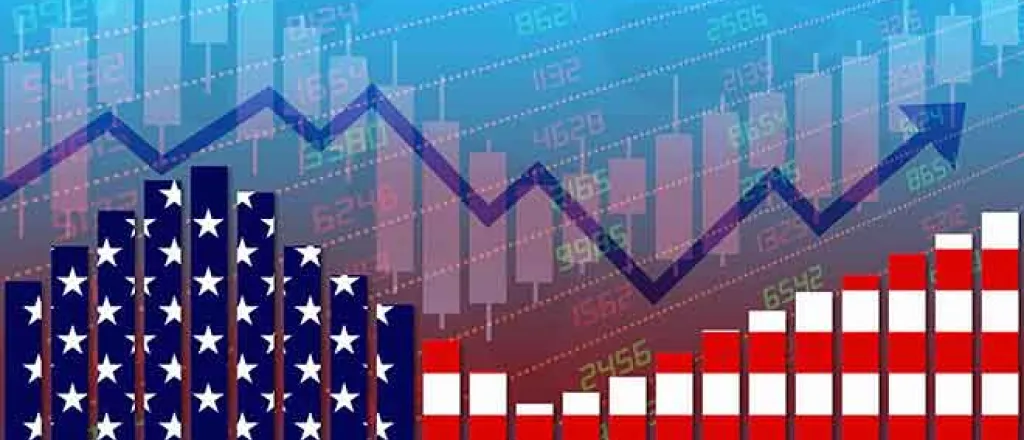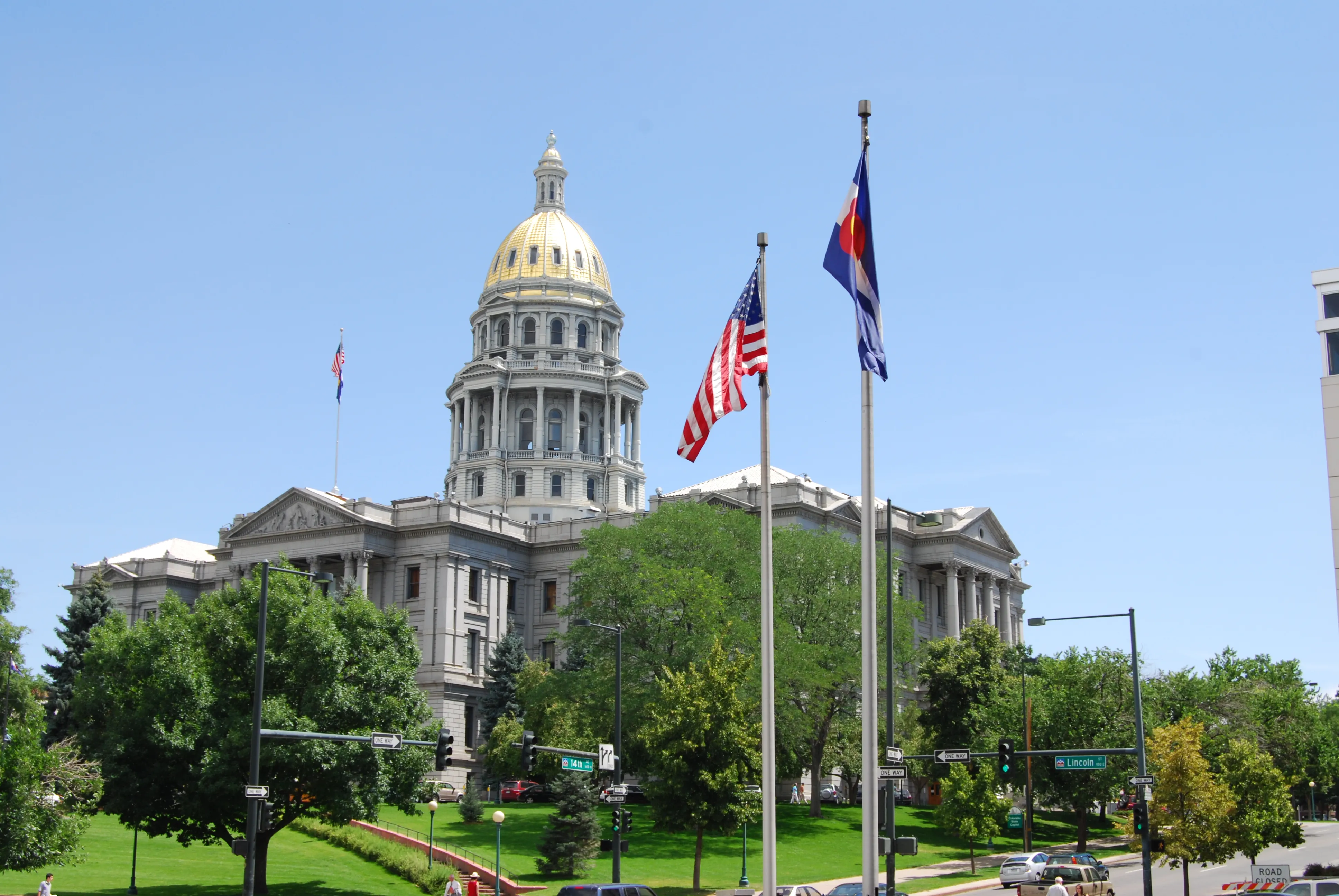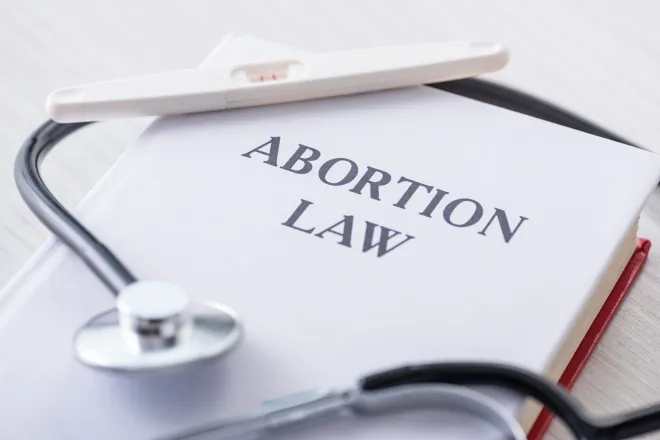
Jobs report surprises as employers add 336,000 jobs in September
(Colorado Newsline) Employers continued their hiring streak in September, surprising economists by boosting jobs for workers in restaurants, health care, and government.
The Bureau of Labor Statistics monthly jobs report, released Friday, showed a gain of 336,000 jobs. The unemployment rate held steady at 3.8%.
The BLS also revised up the jobs added in July and August from 157,000 jobs to 236,000 jobs and 187,000 jobs to 227,000 jobs.
In remarks Friday morning, President Joe Biden celebrated the higher-than-expected jobs numbers and low unemployment rate, noting, “The unemployment rate has stayed below 4% for 20 months in a row, the longest stretch in 50 years.”
But Biden also sent a message to Republicans, who he accused of threatening that economic progress. Congress averted a government shutdown over the weekend but lawmakers still have to resolve the issue before Nov. 17 to keep the government funded.
“House Republicans shouldn’t put us back into crisis mode again. We have only 40 days for Congress to get back to work … to fund the government, avoid a shutdown, and protect the tremendous gains American workers have made over the past two and a half years,” Biden said.
Where the jobs are
Healthcare added 41,000 jobs last month, government employment rose by 73,000 jobs, and leisure and hospitality added 96,000 jobs, with the latter two sectors boasting higher jobs numbers than their monthly averages. Within leisure and hospitality, employment in food services and drinking places returned to its February 2020 level.
State governments added 29,000 jobs in education and local governments, excluding education, added 27,000 jobs, which is good news considering how slow these jobs have been to return to pre-pandemic levels, economists said. State and local government employment is down 0.5% compared to its level before the pandemic, Economic Policy Institute analysis of BLS data shows.
Elise Gould, senior economist at the Economic Policy Institute, said the addition of healthcare jobs is not surprising given the aging population and demand for healthcare services. Despite concerns that leisure and hospitality wouldn’t bounce back from the economic harms businesses suffered in 2020, there are signs of a healthier sector in the report.
“Leisure and hospitality in particular is one where we saw the largest job losses and has been steadily sort of filling in that massive hole that happened in the spring of 2020,” Gould said.
Wages outpacing inflation
Although wage growth has slowed, inflation is still falling faster. Average hourly earnings rose by 7 cents in September compared to eight cents from July to August. In the past year, wages increased 4.2%. Gould said that the Fed may look at those numbers and see that it’s not an overheating labor market, which may have an effect on their decisions to pause or raise interest rates.
“We have continued to see inflation falling faster and then this deceleration in wage growth, so living standards are increasing because people are getting real wage increases now over the last few months,” she said.
Kitty Richards, acting executive director of Groundwork Collaborative, a Washington, D.C. think tank, said the growth in federal investments in different industries, such as manufacturing, has spilled over to other parts of the labor market, which is why there is job growth in some of these other sectors.
“These kinds of front line service jobs are places where the strength of the overall economy matters a lot and also where, for many years, we had really terrible wages,” she said. “I think that the wage growth that has been supported overall by these investments in workers and manufacturing and the clean energy transition has driven up wages and spilled over, creating a much more attractive labor market, which is drawing people into the labor force. I think that the specific sectors in this month’s jobs report are more indicative of just a strong economy with growing incomes and wages overall than sort of specific investments.”
There are areas Gould is watching to see whether marginalized groups of workers continue to experience worse labor outcomes. The unemployment rate for Black workers rose to 5.7% from 5.3%. The unemployment rate for workers 16 to 24 years old was 8.4% from 8.6% in August but the general trend since April, when the rate was 6.5%, has been a rise in the unemployment rate.
“I’d like to see those trends reverse as we see the overall unemployment rate staying low for long periods of time. You hope that that would have a greater impact on historically disadvantaged groups and we have seen that for periods of time. The unemployment rate has ticked up for young workers last month and has been for the last couple of months,” she said. “… Those groups often have worse outcomes so I think it’s important to see where there might be trouble. I’m not seeing the trouble yet but I’d certainly like to see those trends reverse.”
Colorado Newsline is part of States Newsroom, a network of news bureaus supported by grants and a coalition of donors as a 501c(3) public charity. Colorado Newsline maintains editorial independence. Contact Editor Quentin Young for questions: info@coloradonewsline.com. Follow Colorado Newsline on Facebook and Twitter.















